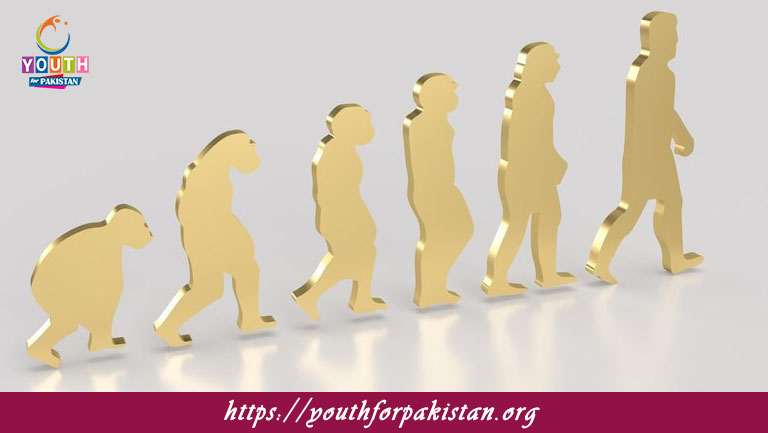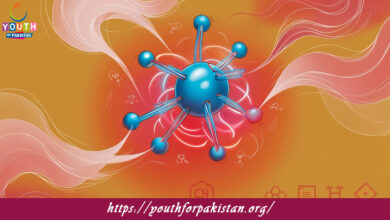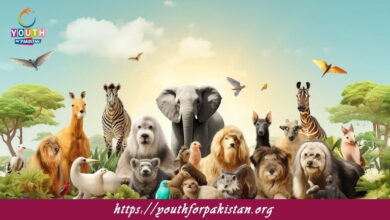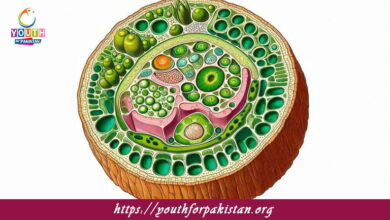Evolution MDCAT MCQs with Answers

Welcome to the Evolution MDCAT MCQs with Answers. In this post, we have shared Evolution Multiple Choice Questions and Answers for PMC MDCAT 2024. Each question in MDCAT Biology offers a chance to enhance your knowledge regarding Evolution MCQs in this MDCAT Online Test.
Which scientist is known for proposing the theory of natural selection?
a) Gregor Mendel
b) Charles Darwin
c) Alfred Russel Wallace
d) Jean-Baptiste Lamarck
What is the primary mechanism of evolution according to Darwin’s theory?
a) Genetic drift
b) Natural selection
c) Mutation
d) Gene flow
Which of the following is NOT a condition for natural selection to occur?
a) Variation among individuals
b) Heritability of traits
c) Differential survival and reproduction
d) Random mating
What is the term for a trait that enhances an organism’s ability to survive and reproduce?
a) Vestigial trait
b) Adaptation
c) Mutation
d) Genetic drift
What is the concept of descent with modification?
a) Species are unchanging and fixed
b) New species arise from pre-existing species over time
c) Species do not adapt to their environment
d) Evolution occurs only through catastrophic events
Which of the following is an example of homologous structures?
a) Wings of a bat and wings of a butterfly
b) Flippers of a whale and forelimbs of a dog
c) Fins of a fish and fins of a shark
d) Eyes of a squid and eyes of a human
What is the term for the evolutionary process by which unrelated organisms independently evolve similar traits?
a) Divergent evolution
b) Convergent evolution
c) Parallel evolution
d) Adaptive radiation
Which concept describes the process where two species evolve in response to each other’s adaptations?
a) Coevolution
b) Convergent evolution
c) Parallel evolution
d) Divergent evolution
What is a vestigial structure?
a) A structure with a known function
b) A structure that has lost its original function
c) A newly acquired trait
d) A structure that evolves rapidly
Which of the following provides evidence of evolution through the study of the fossil record?
a) Comparative anatomy
b) Embryology
c) Biogeography
d) Transitional fossils
What is the term for the process by which new species arise from a common ancestor?
a) Speciation
b) Adaptation
c) Mutation
d) Extinction
Which scientist is known for his contributions to the theory of evolution through his work on genetic inheritance?
a) Charles Darwin
b) Gregor Mendel
c) Alfred Russel Wallace
d) Jean-Baptiste Lamarck
What is the term for the variation in traits within a population that is not due to natural selection?
a) Genetic drift
b) Gene flow
c) Mutation
d) Artificial selection
Which of the following best describes the term “adaptive radiation”?
a) Rapid evolution of many diverse species from a common ancestor
b) Slow evolution of a single species
c) Evolution of similar traits in unrelated species
d) Loss of traits due to lack of use
What is the term for a physical or behavioral trait that improves an organism’s chance of survival and reproduction?
a) Mutation
b) Adaptation
c) Vestigial structure
d) Genetic drift
What do we call the process by which an organism becomes better suited to its environment?
a) Evolution
b) Adaptation
c) Natural selection
d) Mutation
Which of the following is an example of a homologous trait?
a) The wings of a bat and the wings of a bird
b) The flippers of a dolphin and the fins of a fish
c) The eyes of a human and the eyes of a squid
d) The beaks of Darwin’s finches
Which evolutionary concept involves the gradual accumulation of small changes over time?
a) Punctuated equilibrium
b) Gradualism
c) Catastrophism
d) Lamarckism
What does “punctuated equilibrium” refer to in evolutionary theory?
a) Long periods of stability interrupted by short periods of rapid change
b) Constant gradual change over time
c) Evolution occurring at a constant rate
d) Sudden extinction events with no subsequent evolutionary change
What is “fitness” in the context of evolutionary biology?
a) The physical strength of an organism
b) The ability of an organism to survive and reproduce in its environment
c) The adaptability of an organism to different environments
d) The genetic diversity within a population
Which of the following can cause genetic variation in a population?
a) Genetic drift
b) Mutation
c) Gene flow
d) All of the above
Which of the following is NOT a mechanism of evolution?
a) Natural selection
b) Genetic drift
c) Artificial selection
d) Genetic mutation
What is the term for the transfer of genes between populations?
a) Genetic drift
b) Gene flow
c) Mutation
d) Natural selection
Which scientist is known for his theory of inheritance of acquired characteristics?
a) Charles Darwin
b) Jean-Baptiste Lamarck
c) Gregor Mendel
d) Alfred Russel Wallace
Which of the following best describes divergent evolution?
a) Evolution of similar traits in different species
b) Evolution of different traits in a common ancestor’s descendants
c) Evolution in response to environmental changes
d) Evolution without natural selection
What is “directional selection” in evolutionary biology?
a) Selection that favors individuals at one extreme of a trait
b) Selection that favors average individuals in a population
c) Selection that favors individuals at both extremes of a trait
d) Selection that does not favor any particular trait
Which of the following concepts is described by the phrase “survival of the fittest”?
a) Genetic drift
b) Natural selection
c) Gene flow
d) Mutation
Which of the following is an example of convergent evolution?
a) The beaks of Darwin’s finches
b) The wings of a bat and the wings of a bird
c) The streamlined body shape of dolphins and sharks
d) The forelimbs of humans and cats
What is the concept of “adaptive radiation”?
a) The evolution of many different forms from a single ancestor species
b) The development of traits that are not adaptive
c) The gradual change in a single species over time
d) The extinction of species due to environmental changes
Which type of selection favors extreme phenotypes at both ends of the spectrum?
a) Stabilizing selection
b) Disruptive selection
c) Directional selection
d) Artificial selection
Which of the following is a form of evidence for evolution?
a) Fossil record
b) Comparative anatomy
c) Molecular biology
d) All of the above
What term describes the evolutionary process where two species with a common ancestor become more different over time?
a) Convergent evolution
b) Divergent evolution
c) Parallel evolution
d) Coevolution
Which scientist proposed the idea of “survival of the fittest” independently of Darwin?
a) Gregor Mendel
b) Jean-Baptiste Lamarck
c) Alfred Russel Wallace
d) Charles Lyell
What is the primary difference between artificial selection and natural selection?
a) Artificial selection is controlled by humans; natural selection is not
b) Natural selection involves random mutations; artificial selection does not
c) Artificial selection occurs without environmental pressures; natural selection does not
d) There is no difference between the two processes
What is the significance of the Hardy-Weinberg equilibrium in evolution?
a) It describes the conditions under which evolution does not occur
b) It describes the process of natural selection
c) It predicts genetic drift
d) It explains genetic mutations
Which of the following is NOT a type of evidence used to support the theory of evolution?
a) Fossil evidence
b) Molecular evidence
c) Historical records
d) Comparative embryology
What is the term for the sudden appearance of new species in the fossil record, followed by long periods of stability?
a) Gradualism
b) Punctuated equilibrium
c) Convergent evolution
d) Divergent evolution
Which concept refers to the accumulation of genetic changes within a population over time?
a) Natural selection
b) Evolution
c) Mutation
d) Genetic drift
What is the role of mutations in evolution?
a) To provide new genetic variations
b) To stabilize existing genetic variations
c) To prevent evolutionary change
d) To decrease genetic diversity
Which of the following concepts involves the transfer of traits from parent to offspring?
a) Genetic drift
b) Natural selection
c) Inheritance
d) Gene flow
What is a key factor that drives adaptive evolution?
a) Genetic drift
b) Gene flow
c) Natural selection
d) Mutation
What does the term “fitness” refer to in evolutionary terms?
a) An organism’s physical strength
b) An organism’s ability to adapt to its environment
c) An organism’s ability to survive and reproduce
d) An organism’s genetic diversity
If you are interested to enhance your knowledge regarding Physics, Chemistry, Computer, and Biology please click on the link of each category, you will be redirected to dedicated website for each category.





